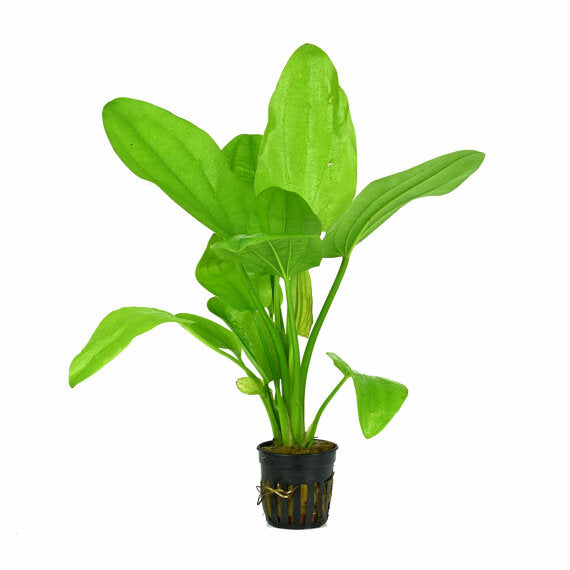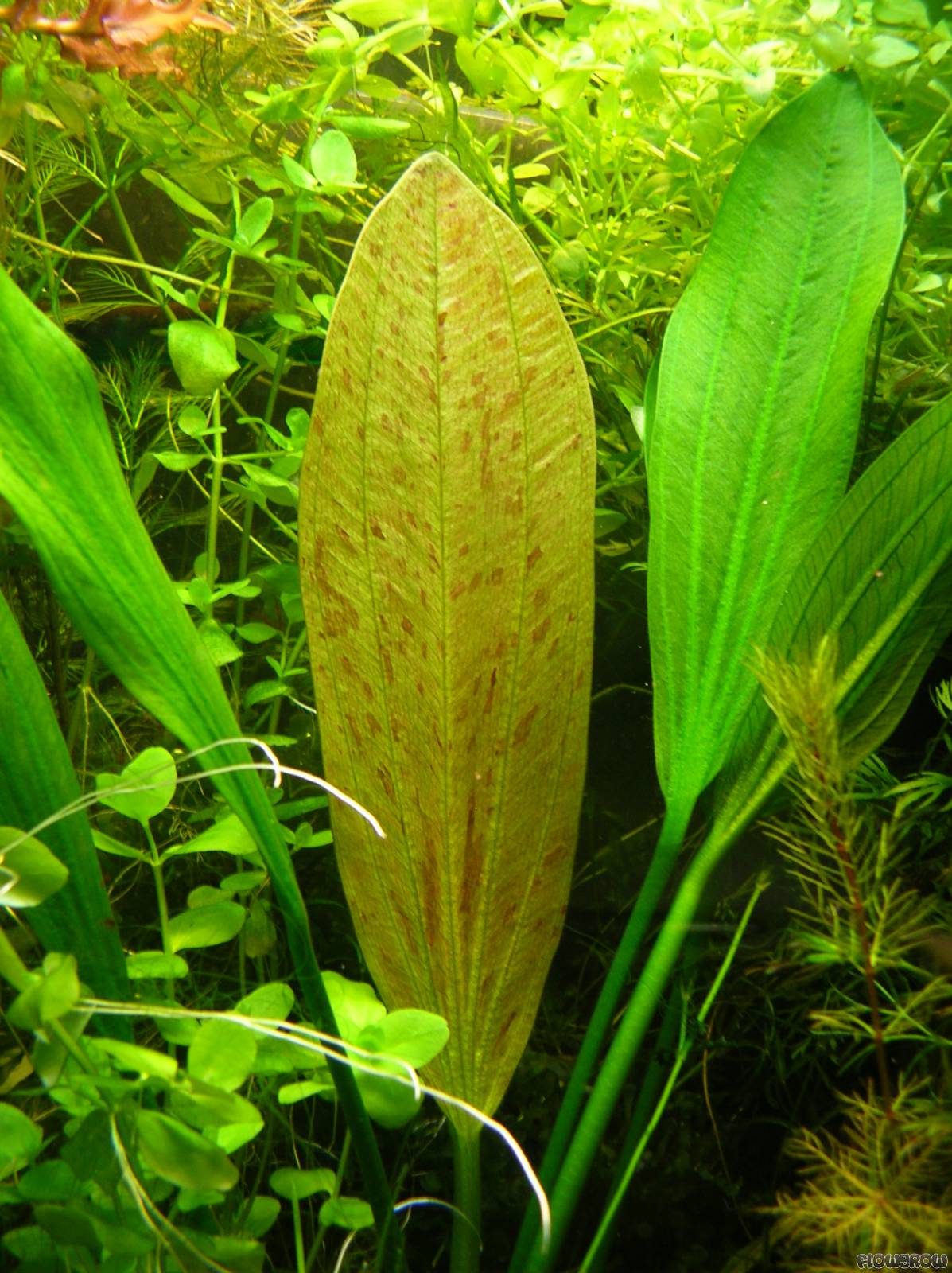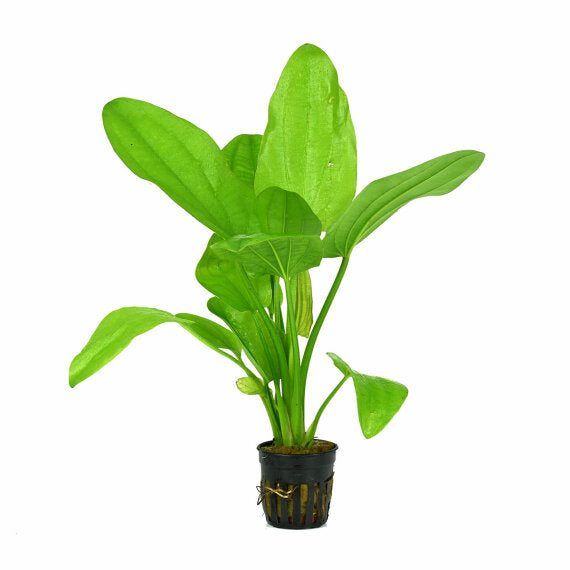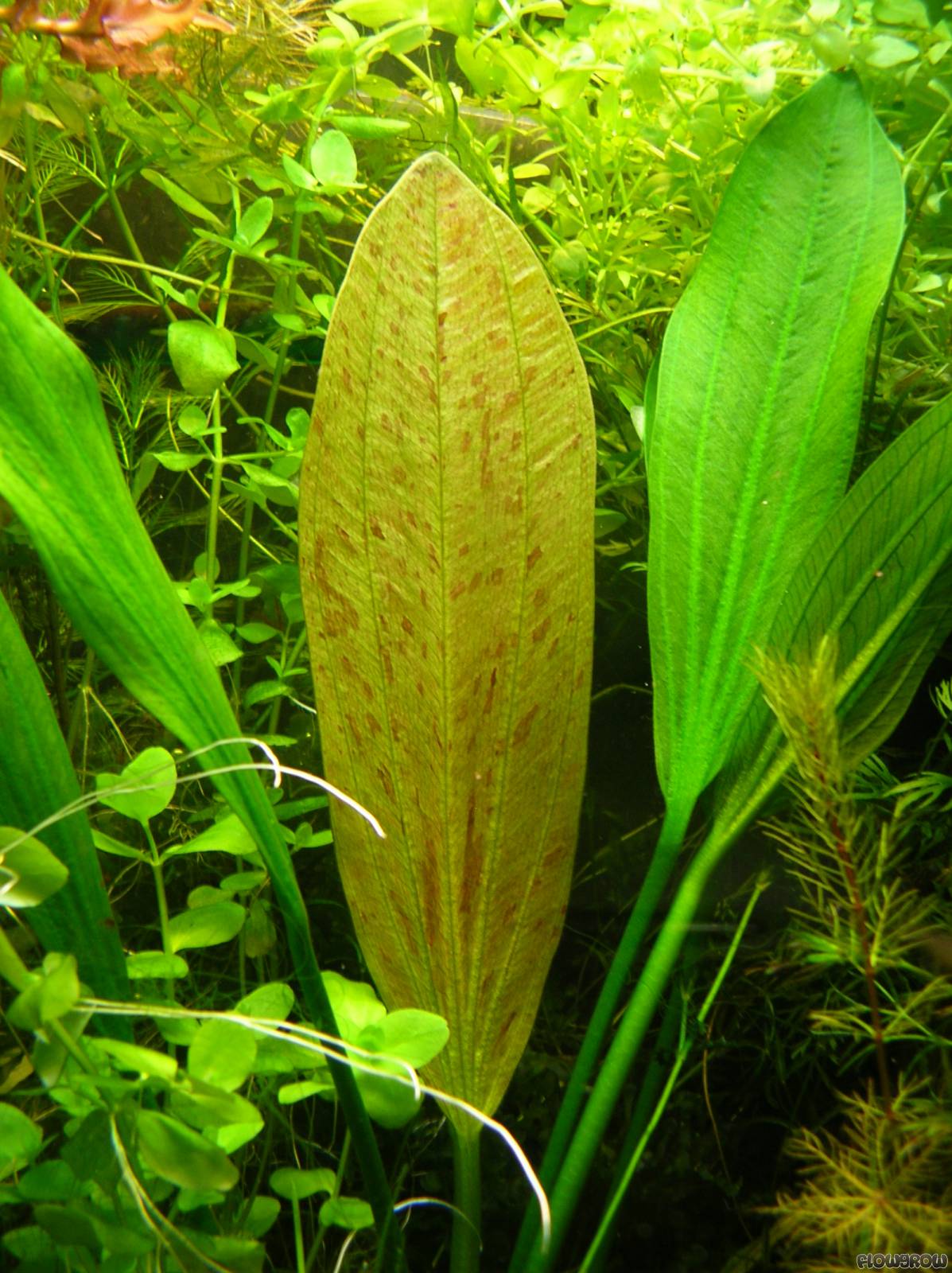🌿 Echinodorus Grandifolius - Majestic Freshwater Aquarium Plant
Introduce bold greenery to your aquarium with the magnificent Echinodorus Grandifolius. Known for its large, broad leaves and strong growth, this plant is perfect for creating a lush, natural aquascape. Hardy and low-maintenance, it is an excellent choice for both beginners and experienced aquarists.
Echinodorus Grandifolius Quick Facts
| Feature | Details |
|---|---|
| 🌍 Origin | South America |
| 📏 Size | 12 - 24 inches |
| 💡 Lighting | Moderate to high |
| 🌡️ Temperature | 72°F - 82°F (22°C - 28°C) |
| 💧 pH Range | 6.5 - 7.5 |
| 🎨 Color | Bright green, broad leaves |
| 🪴 Position in Tank | Background |
| 🌟 Difficulty | Beginner-friendly (easy to moderate) |
| 🐟 Compatibility | Betta fish, Neocaridina/Caridina shrimp, snails, community fish |
Why Choose Echinodorus Grandifolius?
- ✔️ Large, broad leaves – Creates a lush, natural background in aquariums.
- ✔️ Great for oxygenation – Absorbs excess nutrients, improving water quality.
- ✔️ Provides shelter – Ideal for fish and shrimp seeking hiding spots.
- ✔️ Hardy and adaptable – Thrives in different freshwater conditions.
How to Care for Echinodorus Grandifolius
Care Tips
- Lighting: Prefers moderate to high lighting for strong, healthy growth.
- Placement: Best suited as a background plant due to its tall and broad leaves.
- Substrate: Grows best in nutrient-rich substrate; root tabs will promote vigorous growth.
- Fertilizer: Regular root fertilization and occasional liquid fertilizer enhance leaf vibrancy.
- Maintenance: Trim older leaves at the base to encourage fresh growth.
Propagation Steps
- Wait for Runners: The plant naturally produces side shoots or runners.
- Separate the Baby Plants: Once plantlets have roots, carefully remove them from the parent plant.
- Replant: Place new plantlets into the substrate and allow them to establish.



